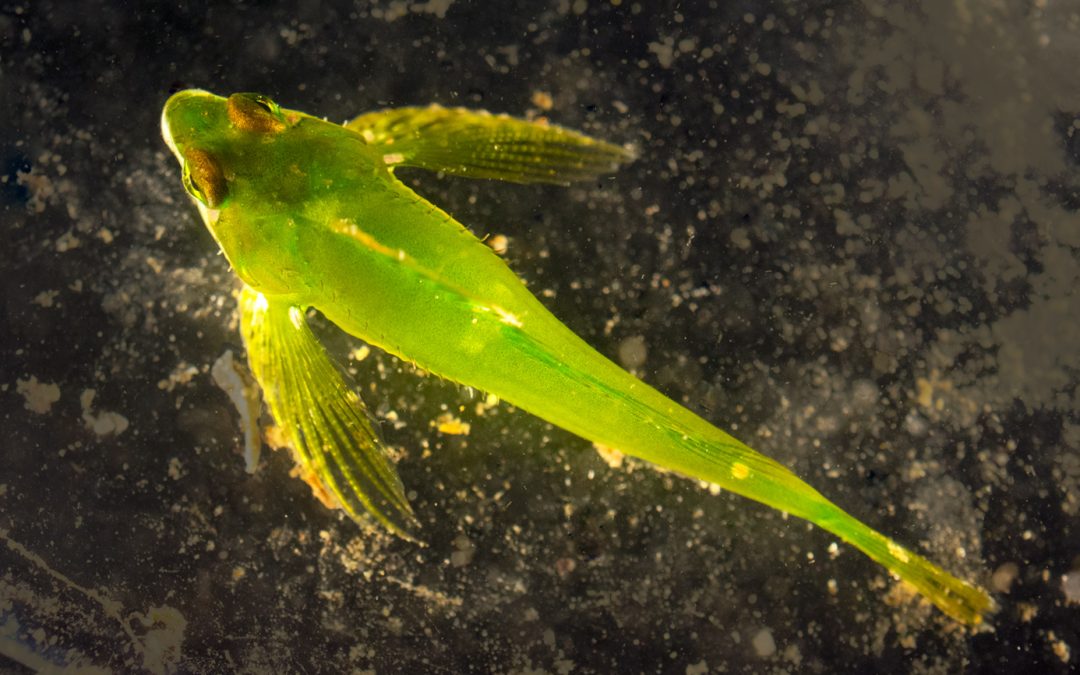
by David Young | Sep 8, 2024 | Fishes
Author: Taylor Dew-Jones Common Name: Tidepool Sculpin Scientific Name: Oligocottus maculosus Size Range: up to 9cm (3.6 inches) Identifying Features: All Tidepool Sculpins look very similar to one another, though distinct from other tide pool creatures....


